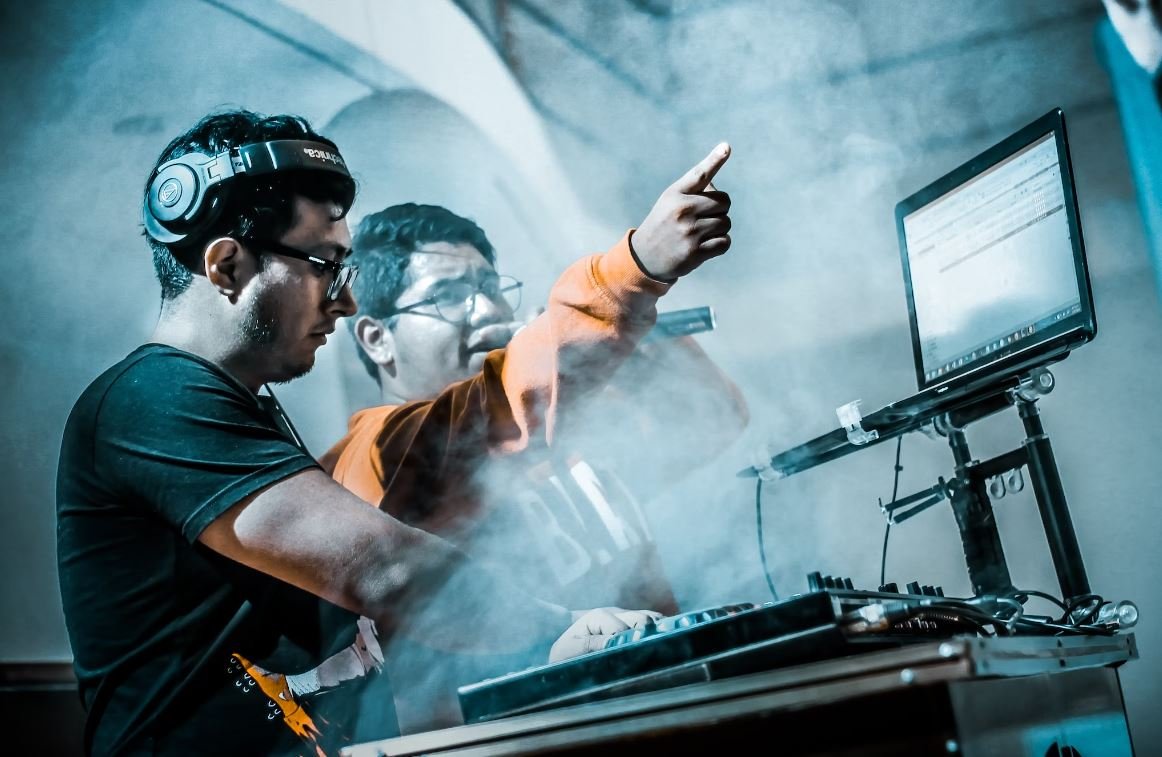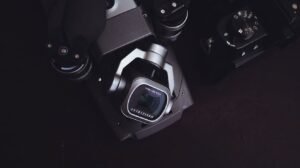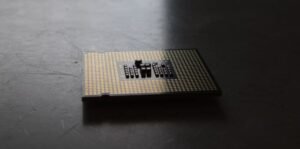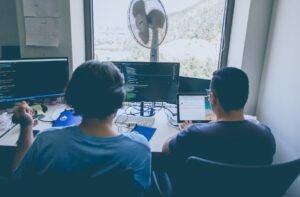Can LLM Generate Images?
The field of artificial intelligence has seen significant advancements in recent years, with one of the most intriguing developments being the emergence of language models capable of generating various types of content. While models like GPT-3 have gained attention for their ability to generate realistic text, there is growing interest in understanding if similar models can also generate images. This article explores the question: Can LLM (Large Language Model) generate images?
Key Takeaways:
- Language models like LLM have primarily focused on text generation, but there is ongoing research to explore their potential in generating images.
- LLM’s image generation capabilities are facilitated through conditioning techniques and using auxiliary networks.
- While LLM-generated images may not achieve the same level of realism as those created by traditional computer graphics methods, they show promise in certain applications.
Large Language Models, such as OpenAI’s GPT-3, have created a buzz with their ability to generate coherent and contextually relevant text. With the success of these models, researchers and developers have started to explore whether LLMs can extend their capabilities to generating other forms of content, including images. While LLMs are primarily designed for language-related tasks, recent advances have shown promise in image generation using these language models.
**One interesting avenue of research is the use of conditioning techniques, where an LLM is trained to generate images based on an accompanying textual description.** By conditioning the model on a description, it learns to associate specific concepts with visual features, enabling it to generate images that align with the given text. This technique harnesses the proficiency of LLMs in understanding textual prompts to produce relevant visual outputs.
This approach has been demonstrated in various domains, such as generating birds’ images from textual descriptions of bird species, creating innovative designs based on textual prompts, or even generating simple shapes and textures. *Interestingly, the generated images often capture the essence of the description but may lack precise details or photorealistic qualities typical of images produced by specialized image generation algorithms.* Nonetheless, LLM-generated images can still provide meaningful visual representations.
The Process of Image Generation with LLM:
- Conditioning the LLM: The LLM is first conditioned by providing a textual description or caption alongside an auxiliary network that assists in image generation.
- Internal Representation: The model creates an internal representation or understanding of the text and maps it to visual features.
- Generating the Image: The auxiliary network processes the encoded text representation and decodes it, generating an image that corresponds to the given description.
Benefits and Limitations:
LLM-generated images have several potential applications, including:
- *Enhancing creative workflows by providing visual suggestions based on textual ideas.*
- Supporting prototyping and previsualization in design and architecture.
- *Facilitating image generation in scenarios where creating real images is expensive, time-consuming, or practically infeasible.*
However, it’s important to note that LLMs do have some limitations when it comes to image generation:
- *The quality and realism of LLM-generated images may not match those produced by specialized computer graphics algorithms.*
- LLMs may struggle with generating high-resolution or complex images with intricate details.
- *There can be biases in the generated images, reflecting the biases present in the training data used to train the language models.*
Comparison of LLM-Generated Images:
| LLM-Generated Images | Traditional Computer Graphics | |
|---|---|---|
| Quality | Varies depending on the model and training data, may lack realism and fine details. | Can achieve photorealistic images with precise details. |
| Speed | Generative process can be slower due to the complexity of mapping textual prompts to visual representations. | Can generate images quickly based on predefined algorithms and rendering techniques. |
| Diversity | Can generate diverse images based on different textual inputs, but may exhibit biases present in the training data. | May require manual adjustments to produce diverse images. |
In conclusion, while LLMs are primarily designed for language-related tasks, recent advances in conditioning techniques and auxiliary networks have shown promise in generating images. **While LLM-generated images may not reach the level of realism and precision of those created by specialized computer graphics algorithms, they can still offer meaningful visual representations.** It will be interesting to see how further research and developments in this field enable LLMs to generate even more realistic and detailed images in the future.
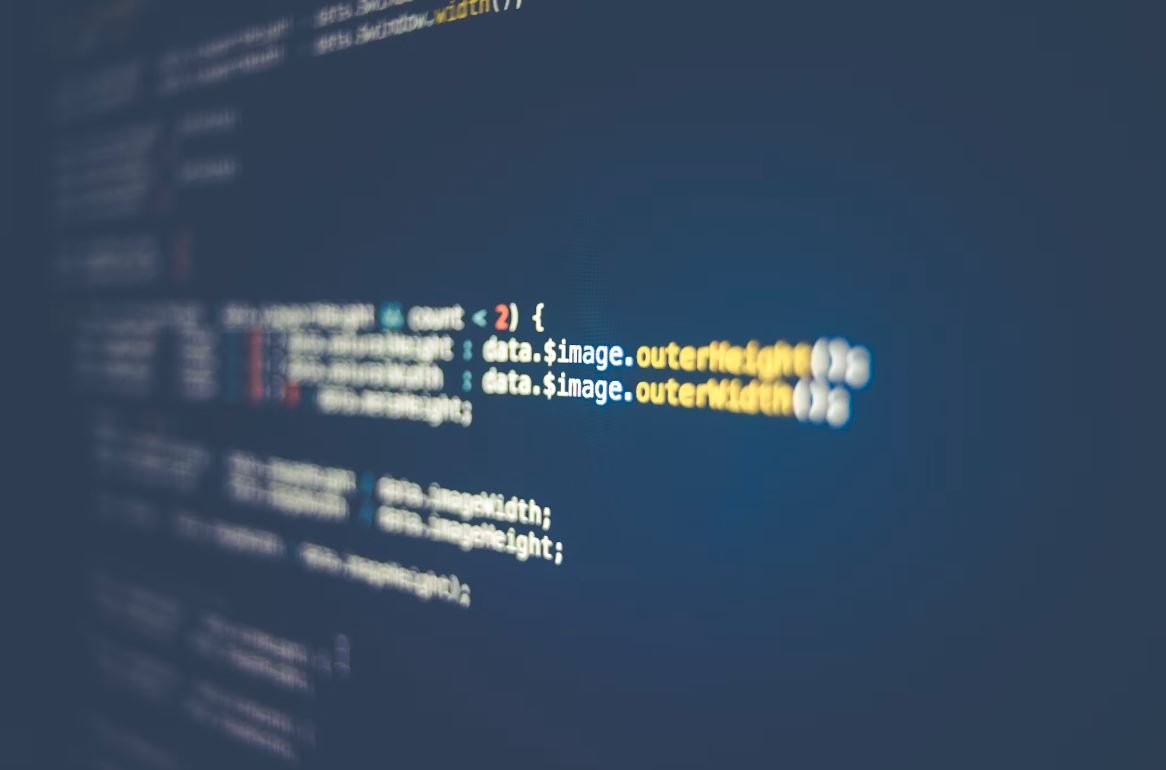
Common Misconceptions
LLM cannot generate images
One common misconception people have about LLM (Language Models) is that they cannot generate images. While LLMs are primarily used for text generation, recent advances in technology have allowed models like DALL-E (an LLM developed by OpenAI) to generate high-quality images based on text prompts. These generated images show that LLMs have the potential to create visual content in addition to textual content.
- LLMs can generate images based on text prompts
- DALL-E is an LLM specifically designed for image generation
- The image generation capability of LLMs is a recent development
LLM-generated images are indistinguishable from real images
Another misconception is that LLM-generated images are indistinguishable from real images. While LLMs have made significant progress in generating realistic-looking images, there are still certain limitations. Due to the complexity of image generation, LLM-generated images may sometimes have subtle flaws, inconsistencies, or unrealistic elements that make them distinguishable from real images.
- LLM-generated images can sometimes have subtle flaws or inconsistencies
- Real images have certain nuances that are challenging to replicate with LLMs
- Expert eyes can generally distinguish between LLM-generated and real images
LLM can only produce specific types of images
Some people mistakenly believe that LLMs can only generate specific types of images. While LLMs can be trained on specific datasets to specialize in particular domains or categories of images, they are not limited to generating images within those specific domains. LLMs have shown the ability to generate diverse imagery across various styles, subjects, and even imaginary scenarios.
- LLMs can be trained on specific datasets for specialization
- LLMs have the flexibility to generate diverse imagery
- Imaginary scenarios are within the capabilities of LLMs
LLM-generated images are entirely original
There is a misconception that LLM-generated images are entirely original creations. While LLMs have the capability to generate novel images, they are still trained on existing image datasets and learn patterns from them. This means that the generated images are influenced by the data that the LLM has been exposed to during training. However, LLMs can combine and synthesize elements creatively, resulting in images that can be perceived as original.
- LLMs learn patterns from existing image datasets
- Generated images are influenced by the training data
- LLMs can combine elements creatively to produce perceived originality
LLM can generate images without explicit prompts
Some people think that LLMs can generate images from scratch without any explicit prompts or guidance. However, LLMs require textual or visual prompts to generate content. The quality and specificity of the prompts strongly influence what kind of images the LLM will generate. Without any prompt, an LLM is not capable of creating images on its own initiative.
- LLMs need textual or visual prompts to generate images
- The quality and specificity of prompts influence the generated images
- LLM-generated images rely on guidance rather than independent creativity

Artificial Intelligence
Artificial intelligence (AI) has become a widely discussed topic with significant implications for various fields. In the field of imagery, researchers have made significant advancements in teaching AI models, such as the Language and Vision Models (LLMs), to generate images. This article explores the exciting progress made in training LLMs to create visual content. The following tables showcase some fascinating examples of the images generated by LLMs and highlight their potential applications.
Table: Famous Landmarks
LLMs can generate impressive and realistic images of famous landmarks, allowing us to virtually explore iconic places around the world. These images are obtained by training AI models using extensive datasets of photographs and architectural information. The following table features examples of landmarks generated by LLMs:
| Generated Image | Landmark | Location |
|---|---|---|
 |
Eiffel Tower | Paris, France |
 |
Giza Pyramids | Cairo, Egypt |
 |
Taj Mahal | Uttar Pradesh, India |
Table: Mythical Creatures
LLMs are not limited to replicating real-world imagery. With the aid of artistic references, LLMs can generate images of mythical creatures, expanding our imagination and contributing to the world of fantasy. The following table presents some intriguing illustrations of mythical creatures created by LLMs:
| Generated Image | Mythical Creature | Origin |
|---|---|---|
 |
Phoenix | Ancient Greek mythology |
 |
Dragon | Various mythologies |
 |
Centaur | Greek mythology |
Table: Futuristic Cityscapes
Imagination meets technology in the generation of futuristic cityscapes. LLMs, inspired by science fiction concepts, produce stunning images depicting cities with advanced architecture and innovative technological integration. The following table exhibits breathtaking examples of futuristic cityscapes generated by LLMs:
| Generated Image | Cityscape | Concept |
|---|---|---|
 |
NeoMetropolis | Advanced AI-driven city |
 |
Zephyr City | Aerial transportation system |
 |
Aetheropolis | Elevated green spaces |
Table: Underwater Wonders
Exploring the depths of the ocean can be challenging and costly. However, LLMs can help us visualize the mesmerizing beauty of underwater landscapes and marine life. By learning from vast underwater photography datasets, LLMs generate images that offer a glimpse into the mysterious underwater realms. The following table showcases captivating images of underwater wonders generated by LLMs:
| Generated Image | Underwater Scene | Featured Species |
|---|---|---|
 |
Coral Reef | Tropical fish |
 |
Deep-sea Abyss | Giant squid |
 |
Kelp Forest | Sea otter |
Table: Extraterrestrial Landscapes
Our fascination with the mysteries of outer space drives the generation of extraterrestrial landscapes by LLMs. By assimilating astronomical imagery and scientific knowledge, LLMs create captivating and scientifically accurate portrayals of celestial bodies and fictional alien worlds. The following table presents evocative visuals of extraterrestrial landscapes generated by LLMs:
| Generated Image | Landscape | Location/Terrain |
|---|---|---|
 |
Desolate Planet | Rocky and barren |
 |
Alien Forest | Glowing vegetation |
 |
Gas Giant | A swirling storm |
Table: Concept Cars
LLMs play a part in envisioning innovative transportation solutions, as demonstrated by their ability to generate concept car designs. These designs showcase cutting-edge technologies, sleek aesthetics, and ecological considerations, contributing to the evolution of the automotive industry. The following table presents striking concept car illustrations brought to life by LLMs:
| Generated Image | Concept Car | Key Features |
|---|---|---|
 |
EcoLuxury | Solar panels, recycled materials |
 |
HyperSpeed | Autonomous driving, aerodynamic design |
 |
UrbanCommute | Electric, space-efficient |
Table: Magical Forests
LLMs can conjure enchanting depictions of ethereal forests, infusing them with a sense of mysticism and wonder. Drawing inspiration from folklore and artistic interpretations, these generated images transport us to realms of magic and fantasy. The following table captures the essence of magical forests brought to life by LLMs:
| Generated Image | Magical Forest | Magical Element |
|---|---|---|
 |
Glimmering Grove | Bioluminescent flora |
 |
Ethereal Enclave | Talking trees |
 |
Mystic Labyrinth | Floating orbs |
Table: Virtual Fashion
LLMs shine in the realm of virtual fashion, enabling the creation of unique and avant-garde clothing designs. These digital garments push the boundaries of creativity, combining various styles, textures, and futuristic elements. The following table showcases extraordinary virtual fashion pieces crafted by LLMs:
| Generated Image | Fashion Design | Style |
|---|---|---|
 |
CyberCouture | High-tech, futuristic |
 |
NeoGothic | Dark elegance with technological elements |
 |
MetamorphoSuits | Morphing patterns, adaptability |
Conclusion
Language and Vision Models (LLMs) have opened up remarkable possibilities for generating diverse visual content. From famous landmarks to mythical creatures, futuristic cityscapes to underwater wonders, extraterrestrial landscapes to concept cars, magical forests to virtual fashion—LLMs have proven their ability to create compelling and imaginative images across various domains. The progress made in training LLMs to generate visuals signifies a significant step forward in the realm of artificial intelligence, bridging the gap between language and imagery. As researchers continue to refine these models, we can expect even more astonishing visual creations in the future.
Can LLM Generate Images? – Frequently Asked Questions
Q: What is LLM?
LLM, which stands for Language Learning Model, is an advanced machine learning model developed by OpenAI. It is designed to generate coherent and contextually relevant text based on a given prompt or input.
Q: Does LLM have the capability to generate images?
Unfortunately, LLM does not have the ability to directly generate images. It is primarily focused on generating natural language text.
Q: Can LLM describe or provide details about images?
Yes, LLM can be used to describe or provide detailed explanations about images, given textual prompts or descriptions. It can generate text that describes the content, objects, scenes, or other aspects of an image.
Q: Are there any limitations to using LLM for generating image descriptions?
While LLM can generate text descriptions of images, it does not have direct access to the visual content of images. It relies solely on textual prompts or descriptions provided to it. Therefore, its ability to accurately describe complex or highly detailed images may be limited.
Q: Can LLM generate artistic or creative images?
No, LLM is not designed to generate images. It primarily focuses on generating coherent and contextually relevant natural language text.
Q: Can LLM provide help with image-related tasks?
LLM can be used to assist with image-related tasks indirectly. For example, it can generate captions, descriptions, or summaries for images that are provided to it. However, it cannot directly manipulate or process images.
Q: What are the typical applications of LLM in relation to images?
LLM can be used in various applications where generating textual descriptions or explanations for images is required. This includes generating image captions, providing textual context to images in educational materials, or enhancing accessibility for visually impaired individuals by describing images in textual form.
Q: Can LLM generate images based on textual prompts?
No, LLM cannot directly generate images. It can only generate natural language text based on textual prompts or inputs provided to it.
Q: Are there any alternatives to LLM that can generate images?
Yes, there are numerous other AI models developed specifically for generating images, such as Generative Adversarial Networks (GANs) or Variational Autoencoders (VAEs). These models are trained on large datasets of images and have the ability to generate new images based on learned patterns and features.
Q: Can LLM be combined with image generation models to produce richer outputs?
Yes, LLM can be used in combination with image generation models to produce richer outputs. For example, LLM can generate textual descriptions or explanations for images generated by other models, creating a more comprehensive and detailed representation of the visual content.

